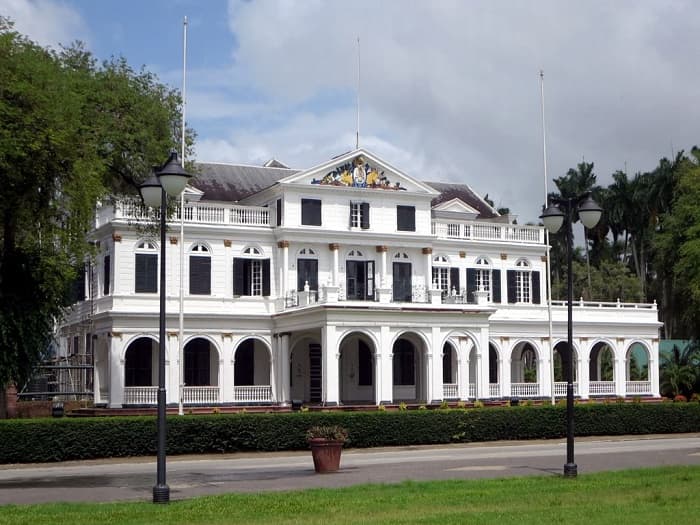
Baseline Gold Announces Strategic Partnership with Central Bank of Suriname
Historic agreement establishes Baseline Gold as the premier validated gold export brand, with full Central Bank certific...
Read more
Historical
Discover how Suriname transformed from a colonial trading post exchanged for Manhattan into one of South America's premier gold producers, with a rich mining heritage spanning over 300 years.
In 1667, one of history's most intriguing territorial exchanges occurred when the Dutch traded New Amsterdam (modern-day New York City) to the English in exchange for maintaining control of Suriname. This Treaty of Breda decision, though seemingly counterintuitive today, proved prescient for Dutch colonial ambitions focused on sugar and eventually, gold.

Suriname's strategic location on the northern coast of South America
Gold was first discovered in Suriname's interior regions in the early 18th century, with small-scale mining operations beginning around 1736. The Maroons, descendants of escaped African slaves who established independent communities in the rainforest, were among the first to develop sophisticated gold panning techniques that are still used today.
The 1870s marked Suriname's first major gold rush, attracting prospectors from around the world. The Lawa and Tapanahony rivers became highways for gold seekers, with boom towns emerging overnight in the jungle.
The gold rush catalyzed infrastructure development, including the construction of the Lawa Railway in 1905, connecting gold fields to the coast. This 173-kilometer railway revolutionized gold transport and remains a testament to Suriname's mining heritage.

Premium gold bars produced under Baseline Gold standards
Suriname sits on the Guiana Shield, one of Earth's oldest geological formations, rich in gold deposits. This 1.7-2 billion-year-old formation extends across northern South America and contains some of the world's most significant undeveloped gold resources.
Gold mining has profoundly shaped Surinamese culture, creating a unique multicultural mining society. Chinese, Brazilian, and local miners work alongside each other, bringing diverse techniques and traditions. The phrase "gowtu" (gold) in Sranan Tongo, the local creole language, has become synonymous with prosperity and opportunity.
With only 20% of Suriname's gold potential explored, the country stands at the threshold of a new golden era. Recent geological surveys suggest reserves could exceed 1,000 metric tons, positioning Suriname as a future gold powerhouse. The government's commitment to sustainable mining practices and international partnerships, including the Baseline Gold initiative, ensures that Suriname's gold will continue to shine on the global stage for generations to come.

Historic agreement establishes Baseline Gold as the premier validated gold export brand, with full Central Bank certific...
Read more
Government of Suriname grants Baseline Gold comprehensive export license, authorizing large-scale gold exports to intern...
Read more
Baseline Holdings offers gold trading and allocation services with offices in Dubai, Geneva, Abu Dhabi, and Paramaribo.
Read more